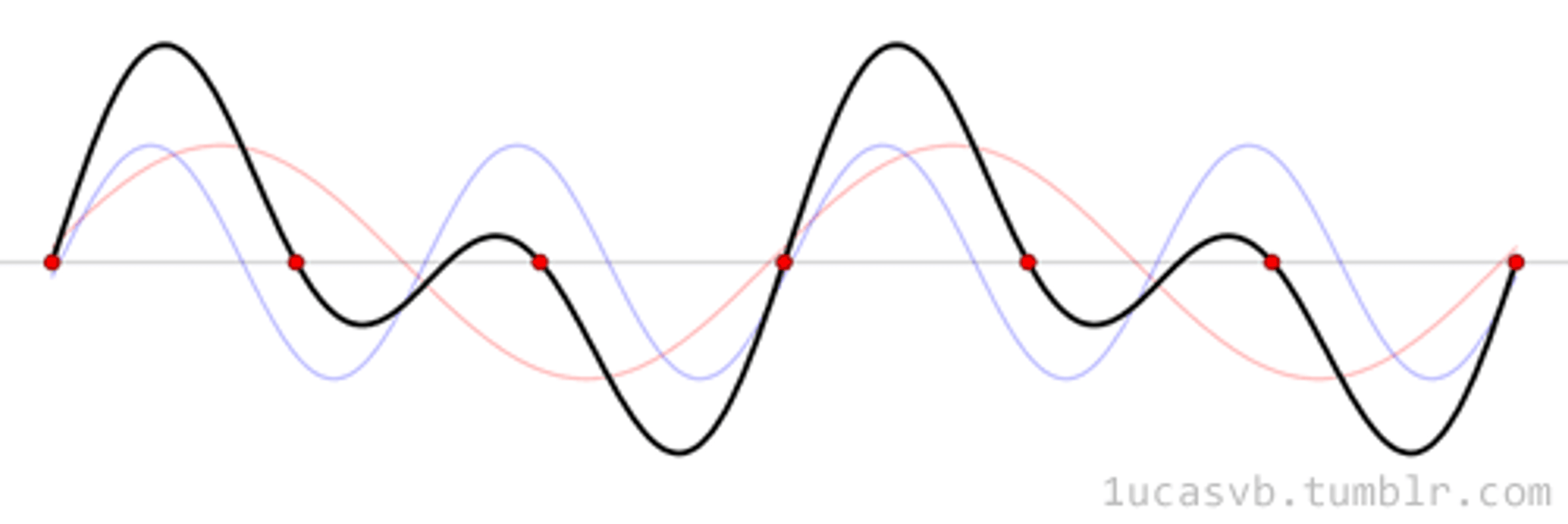/The Oscillation Repricing Strategy Overview

The Oscillation Repricing Strategy Overview
There are a ton of different repricing strategies that Amazon sellers use to win the Buy Box and increase Amazon sales. The one we see outperforming many of the others, regardless of the business model, is the Oscillation Repricing Strategy.
What is the Oscillation buy box price strategy?
The Oscillation Strategy works by lowering your price to increase sales and then raising your price to increase your average net profit.

Basic economics shows that lowering your price will naturally increase sales, which we all know to be true for Amazon’s marketplace as well.
The issue with that concept is that more sales are not all we’re after — we want profits to go along with it, while maintaining competitive prices!
By increasing our prices—once we’ve reached a minimum price—we’re able to increase the average net profit over a group of units. By carefully managing the lowest price and setting a maximum price, we can avoid a race to the bottom and ensure profitability.
In other cases, we’re actually able to increase the max prices before raising our current price, pushing the Buy Box price even higher over time.
Setting max prices is crucial for protecting profit margins while remaining competitive. It allows sellers to adapt their pricing based on competitor listings without incurring losses, which is a critical aspect for managing an Amazon business effectively.
Here’s a great example that shows the power of this pricing strategy:
Without Oscillation:
- Units sold: 80
- Average Net Profit: $12
- Total Profit — $960
With Oscillation:
- Units Sold: 120
- Average Net Profit: $11.25
- Total Profit — $1,350
So, what actually happened here?
Rather than demolishing the profits and lowering the buy box, which is what sellers are referring to by “tanking” the price, we only lowered the net profit a bit. Because we’re able to increase the number of units sold, we actually made more money in the same period of time.
Of course, this is just an example I pulled out of my head, but it’s what we see daily at Aura.
Managerial Accounting for Amazon sellers?
Having been a Finance major in college, I was forced to take a Managerial Accounting class. Sounds boring, but it actually changed everything for my then Amazon business. I learned to put two situations side-by-side to make a better decision. When applied to my Amazon business, I dramatically increased my Amazon sales.
A higher seller rating can significantly enhance your competitiveness and influence your pricing strategies.
This perspective shift made me realize that repricing below the Buy Box price actually made a ton of sense — contrary to what many other sellers told me!
With one simple perspective shift, I was able to increase my sales, while maintaining a healthy net profit per unit, by upwards of 30%. When you compound that each month over a year, it really adds up! In addition to that increase in sales, I was able to also avoid storage costs, because I was moving inventory more quickly.
Putting this strategy on automated repricing software
When I initially learned about this pricing strategy as an Amazon seller, I was doing it manually. It didn’t take me long to realize how time-consuming the process was — I was a full-time college student as well!
That’s when I realized I needed software to handle this for me and dove head-first into repricing software. A repricer tool allows you to automate price updates within a Minimum and Maximum price that you’ve determined to be profitable. Setting a max price is crucial as it helps protect your profit margins while staying competitive in the marketplace.
Once you’ve experienced automated repricing software, you won’t want to go back to doing it manually. It’s like hiring an assistant that handles all the little things that pile up and are super time-consuming. The difference with repricing software is that it directly makes you more money!
A major secondary benefit of competitive prices
Increasing sales while maintaining a healthy net profit is amazing by itself, but there is another benefit that many sellers miss — pushing out competition.
We don’t like to talk about competition in the Amazon space for some reason, but we are all competing at some level. When I ran my small wholesale business I would routinely push the price down on new competitors and then raise my price.
I would intentionally give up the Buy Box price to get my competitors to sell all of their inventory at a much lower price — getting them to think that the price was “tanked” and the listing was no longer profitable.
Once they sold out, the Buy Box would come back to me at a higher, more profitable maximum prices.
By giving up the Buy Box for a short period of time, I avoided competition for the long term. By using a repricing tool to automate this strategy I was able to accomplish this goal in my sleep.
Ending thoughts
Once you've set a profitable maximum price and minimum price, you should be able to put this strategy to use with a good repricer — we recommend that you start a free trial with Aura as it offers more pricing strategies.


